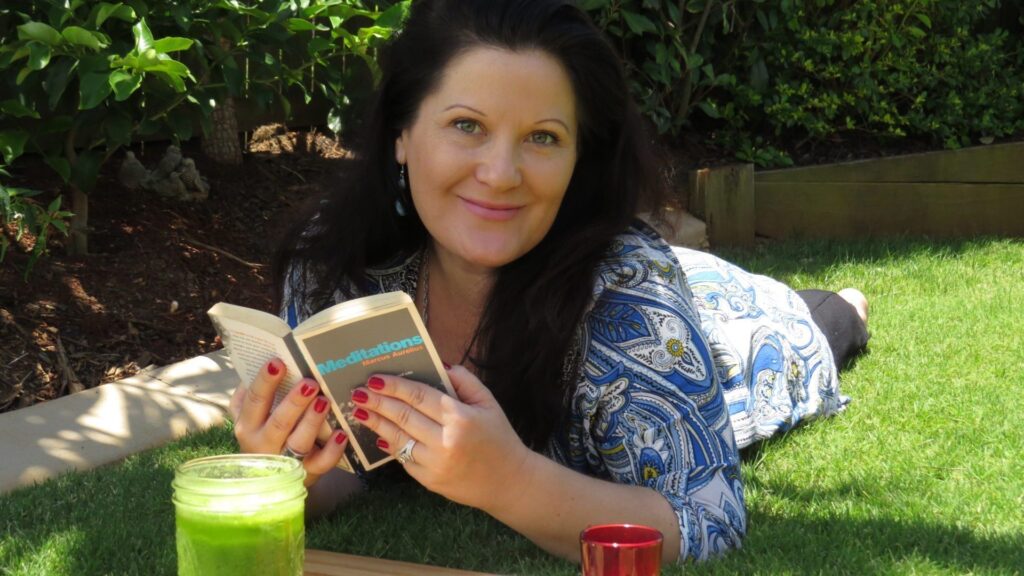What to Consider When Pricing Your Coaching Services
A lot of new Holistic Life Coaches, and Health & Wellness Practitioners struggle with setting their pricing and deciding whether to publish their fees on their website or not…
How much should I charge?
Should I offer a discount?
Should I put my fees on my website or not?
Am I charging enough for the value I offer?
The following guidelines are taken directly from our Launch Your Business course which is conveniently included within our popular Dual Holistic Life Coach & Mind-Body Certification course.
Pricing Your Services
Pricing your products and services, particularly at the beginning of your business, can be a daunting task. Where do you start? What is the right amount to charge a client? You’re probably evaluating yourself and asking questions like:
- What is my knowledge worth?
- What will a client be prepared to pay me?
- How can I gain new clients without scaring them away?
- What are others charging?
- I just don’t know what to do!
Thoughtfully considering your pricing strategy now will greatly assist you in setting correct entry prices for your coaching business. The following considerations below are designed to help you.
1. Main Pricing Categories
Your business will most likely have a number of products and services to offer. Go through each of these and note down what you believe each is worth. At this stage there’s no need to consider what potential competitors are offering as that may only confuse you – focus instead on what it is you are offering and the value this will provide to your target client.
See below a list of product categories to help you get started:
- Coaching sessions and packages
- Group coaching programs
- Courses and workshops
- Supplementary products – i.e. products that relate to what you offer – i.e. you might sell CDs, yoga mats, fitness equipment, printed e-books, essential oils etc.
- Events i.e. workshops, retreats.
- What other services can/will you offer?
2. Publish your pricing online?
There are advantages and disadvantages to publishing your pricing online. Here are a few considerations to help you determine what is best for you:
- Consider your prospective customer – What will they want/think/expect when they read about your products and services on your website?
- Personal choice – What are you comfortable with? What feels right for you?
- Part Pricing – You may choose to publish pricing for the basic/standard products you offer and discuss any programs or premium products with an enquiry after an initial discussion. You then can verbally display your skills and knowledge to better demonstrate the value of your service.
- Contact – Would you prefer your customer to contact you via phone OR email to ask your pricing? One advantage is that you can capture contact details of prospective clients along with their enquiry to open a discussion with them first before discussing pricing. One disadvantage may be that if your marketing message isn’t clear enough to capture them, they may make assumptions about your pricing or value and not contact you at all.
There is excellent opportunity to speak to your prospective customer if they contact you about your pricing (whether your pricing is visible or not). Speaking to a customer directly can get the customer excited about wanting to work with you simply by hearing your enthusiasm and knowledge about what you’re offering.
Directly speaking with a potential client provides a fantastic opportunity for you to begin showing them the value of coaching by ‘hearing’ what they’re struggling with and paraphrasing back that you have heard and understand what they are saying. This gives you time to connect with them and make a positive impression. When they can feel and see the potential of how much better their life could be by working with you, they will appreciate the value you offer and be more open to making a financial commitment.
3. Demand v Supply
Sometimes, the value of your product will be determined by demand and supply in your market.
Generally speaking, a product that is in high demand and with fewer competitors, means you will be able to set higher prices. If your product is in low demand and there are many competitors in the marketplace, your pricing would be lower. Consider your position in the marketplace with each of your products and services.
4. Competition
An awareness of what competitors are charging is a good reference point for you, but remember, every coach is unique. They each have their own strategies, goals, objectives, and cash flow decisions to make that will impact the price they offer. In other words, don’t get hung up on basing your pricing solely on what a competitor is offering. Stay focused on the value that YOU offer.
The best evidence of your price being right or needs adjustment will be greatly influenced by actual results. For example, you say set your pricing then review again in 3 months. What result did you achieve in those 3 months? How many enquiries did you gain? How many enquiries did you convert? What value did your clients gain? Answering these questions will give you real data to help adjust your pricing.
5. Pricing Psychology
The psychology of pricing is a fascinating subject. Whether you know it or not, your pricing can strategically help you gain greater sales and attract the attention of prospective customers, or completely turn them away.
The following are some examples where pricing psychology will influence your price setting.
- Setting a lower market price
- You may achieve higher market demand
- Potential customers may negatively judge your experience, knowledge and value based on you offering a lower price
- $100, $99 OR $97
If the value of one of your products was $100 – would you offer it as $100? OR, are you better to market your price just under $100? Many studies have investigated this pricing psychology and you have more than likely seen this for yourself.
Which price looks cheaper? Obviously the $97 pricing is the cheapest. Consider the possible extra sales you could achieve by lowering your price by $3. The psychology of offering one-digit difference is huge.
- Bundling
Bundling is about adding value by combining your offerings into one added value pack. For example, one of your services maybe a “Casual Coaching Session” of 1 or 1.5 hours. Let’s assume that the price of this service is $100. What can you do to improve the value of this session for a prospective client?
You can consider including one sample bottle of essential oil (self-care), or a recipe booklet (health and wellness), a free membership to your paid online mastermind community (business), or free access to your 5-day challenge (any type of coaching).
There are plenty of products you can merge to create added value. Consider then whether:
- To keep your price at $100, OR
- Increase your rates from $100 to $120 or $140.
- Discounting
Whilst discounting your product or service may initially create new enquiries for you, it’s not recommended long-term. In most cases, discounting not only hurts your own business but can also negatively impact your industry. Lowering pricing can place expectations to the market that these particular services can be purchased regularly at lower prices. Or worse, some savvy customers may dismiss considering you all together because you seem too cheap!
Discounting your pricing sends a negative message to the market that:
- You are a struggling business
- You don’t value what you offer
Discounting your pricing sends a negative message to your potential clients that:
- You aren’t adequately qualified or experienced
- You don’t value your time so they shouldn’t either
- Don’t underprice the value your skills, time and energy can provide to others
[Copyright, MindBodyFood Institute, 2017-2023. All rights reserved. Not be used or reproduced without written permission.]
Ultimately there are many considerations when determining your pricing.
We take you through all of the considerations when starting a new holistic coaching or wellness practitioner business so you can lay the right foundation and strategy that works best for you, offering the kind of authentic service and value that best represents you.
Featured image by Amy Hirschi on Unsplash.
Author:
Viki Thondley
Viki Thondley-Moore is an Integrative Holistic Counsellor, Brain-Based Coach, Clinical Hypnotherapist, Mind-Body Somatic Practitioner, Wellness Coach, Meditation Teacher, Educator and Disordered Eating Specialist. Viki is founder of MindBodyFood and Founder/Director of the MindBodyFood Institute.







